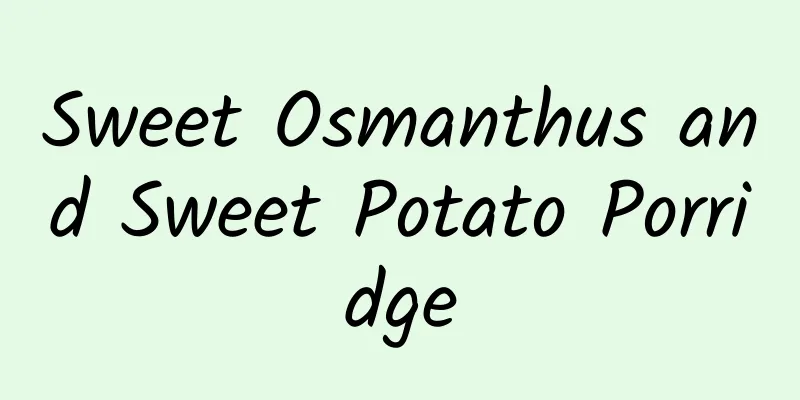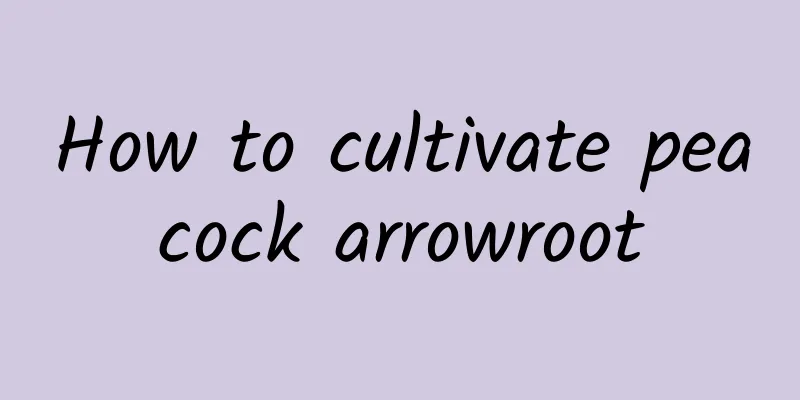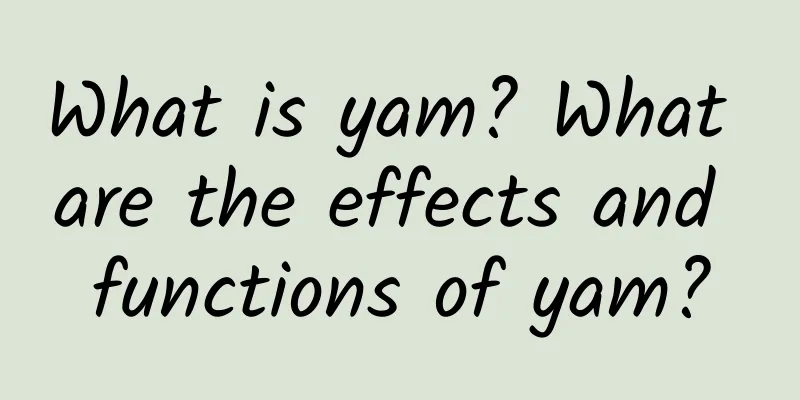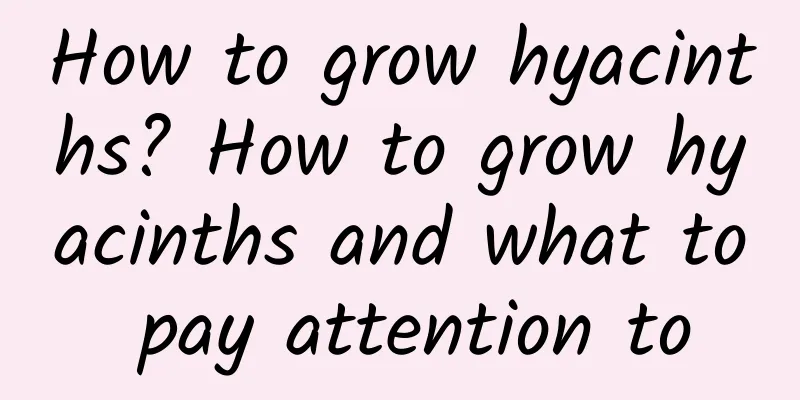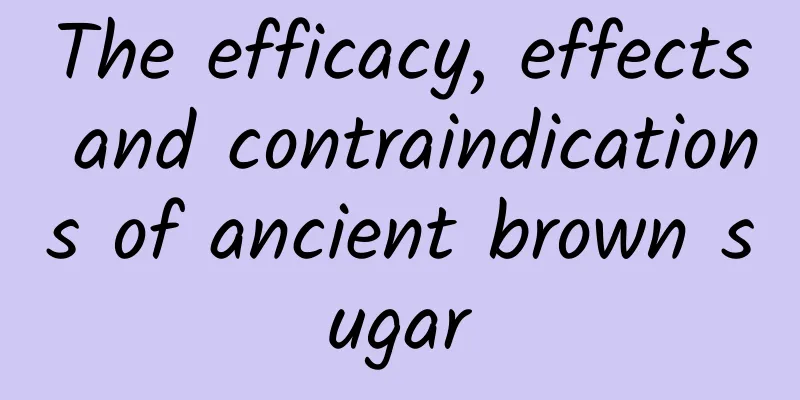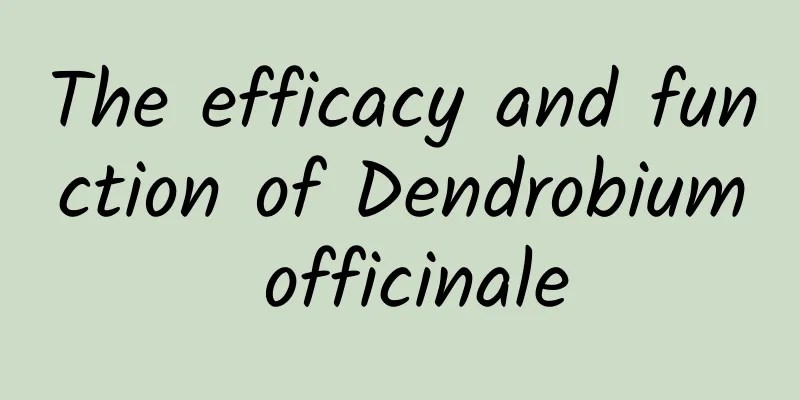Peach planting and fertilization management
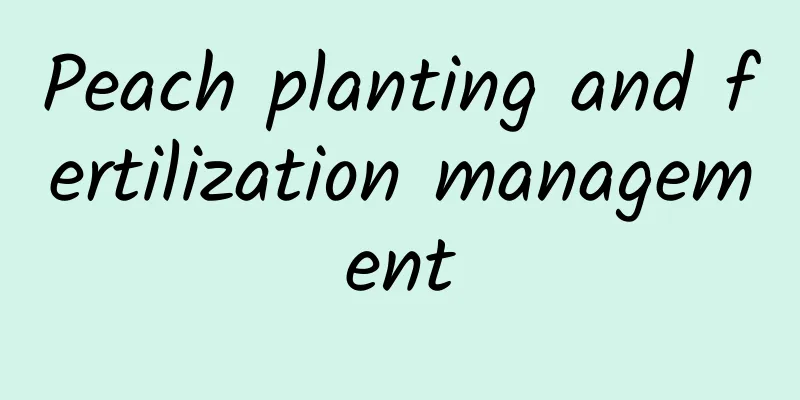
|
Peach fertilizer management should be familiar to some farmers. Let’s learn about it together. Peach1. Peach fertilizer and water management1. Dig ditches for drainage: Drain the garden before the plum rain season begins to prevent waterlogging. 2. Fruit-enhancing fertilizer: Mainly potassium fertilizer, usually applied in late May or early June, 40kg of compound fertilizer plus 20kg of potassium sulfate per mu. 2. Peach branch management1. Re-pruning after flowering: After the flowers have faded, leafless fruit branches, thin and weak branches, empty branches and missed branches should be immediately pruned in early to mid-April to reduce nutrient consumption. 2. Remove sprouts and buds: Remove the competing buds under the cut and the long buds inside the crown in time in early to mid-April. 3. Thinning branches: Thin out overcrowded branches in early to mid-May, and remove excessive strong branches and upright branches above and around the crown in mid to late June. 4. Branch twisting: From May to early June, when the new shoots have not yet become lignified, twist the upright, leggy fruiting branches and the high, vigorous fruiting branches at the base of the branches at 3 to 5 buds towards the gap at an angle of 90 to 120 degrees to transform them into good fruiting branches. 5. Pinching: In early to mid-May, pinch off the vigorous, empty and long branches with 6 to 8 buds, or in mid to late June, pinch off the fruiting branches with moderate growth. 6. Pruning: The first time is from late May to early June, and the long branches with a certain space are heavily pruned to promote the formation of secondary branches and fruiting branches; 3. Peach Fruit Management1. Fruit thinning: Fruit thinning is not only a way to increase the weight of a single fruit and regulate the competition for nutrients between branches and fruits, but also a means to control the type and position of branch shoots and change the crown structure. Fruit thinning should be carried out twice. The first time is 25 days after the flowers fall, which starts around April 20 this year. The second time is to set the fruit after physiological fruit drop, that is, from early May to mid-May. Generally, 2-3 fruits are left on long fruit branches, 3-5 fruits are left on leggy fruit branches, 1-2 fruits are left on medium fruit branches, and 1 fruit is left on short fruit branches or 1 fruit is left on 2-3 branches. When thinning fruits for the first time, double the above ratio should be left to prevent physiological fruit drop. For trees that are just beginning to bear fruit and vigorous trees, more fruits can be left appropriately to press the trees with fruits. 2. Bagging: Bagging should be done in time after the fruit is set. It is recommended to use special peach bags as bagging materials. If the bottom of the special bag is breathable and the drainage port is sticky, it is best to chisel a drainage port. The order of bagging is early-ripening first and then late-ripening. Varieties with low fruit setting rate can be bagged later to reduce the empty bag rate. 4. Disease prevention and pest control of peaches1. Members who have not carried out disease and insect control after flowering (at the end of flowering period) should carry out comprehensive disease and insect control as soon as possible. They can choose 800 times diluted Dasheng plus 1500-2000 times diluted Jingshaxing. 2. Due to heavy rainfall in the early stage, brown rot has occurred seriously in some peach orchards (the tender leaves are first affected with brown water-soaked spots on the edges, and new branches and shoots die in severe cases). It is recommended to spray 500 times diluted 65% mancozeb or 800 times diluted 70% thiophanate-methyl for prevention and control. 3. Before bagging, 800 times diluted 70% thiophanate-methyl plus 1500-2000 times diluted bromocriptine can be used for disease and insect control. The peach orchard should be bagged within 2 days of spraying. If the peach orchard is not bagged after three days of spraying due to climatic reasons, it should be sprayed again before bagging. |
<<: Hawthorn's efficacy and medicinal value
Recommend
What can't be eaten with river crabs?
In autumn, crabs are fat. People who like to eat ...
Asparagus Storage and Nutritional Content
Asparagus is a popular food, but do we know its n...
How to grow double-petal jasmine
Double-petal jasmine is the favorite of many flow...
The role and efficacy of golden needle vegetables
Daylily is a herbaceous plant with round curled l...
The magical effect of longan shell The medicinal value of longan shell
Longan is a sweet fruit with excellent tonic effe...
Can drinking coffee help you lose weight? How to drink coffee to lose weight
It is well known that drinking coffee can help yo...
The efficacy and function of red dates and longan glutinous rice porridge
Have you ever eaten glutinous rice porridge with ...
Effects and functions of periwinkle
Vinca roseus is also known as Yanlaihong, RiRiXin...
How to eat avocados and who is not suitable to eat avocados
Avocado is a tropical fruit with a dark green app...
The benefits of drinking soy milk every day for women
Soy milk is made from beans, which have high nutr...
What are the benefits of black pepper essential oil? What are the uses of black pepper essential oil?
People are familiar with plants. The most common ...
How is Today Live? Today Live review and website information
What is Thisday Live? <p style="text-align: jus...
The efficacy and function of mushrooms. Steps of mushroom cooking.
The button mushroom is the most commonly cultivat...
Steps and ingredients for yam and spinach porridge
Have you ever eaten yam and spinach porridge? Thi...
How to make delicious fried razor clams
There are many ways to cook razor clams. Stir-fry...


